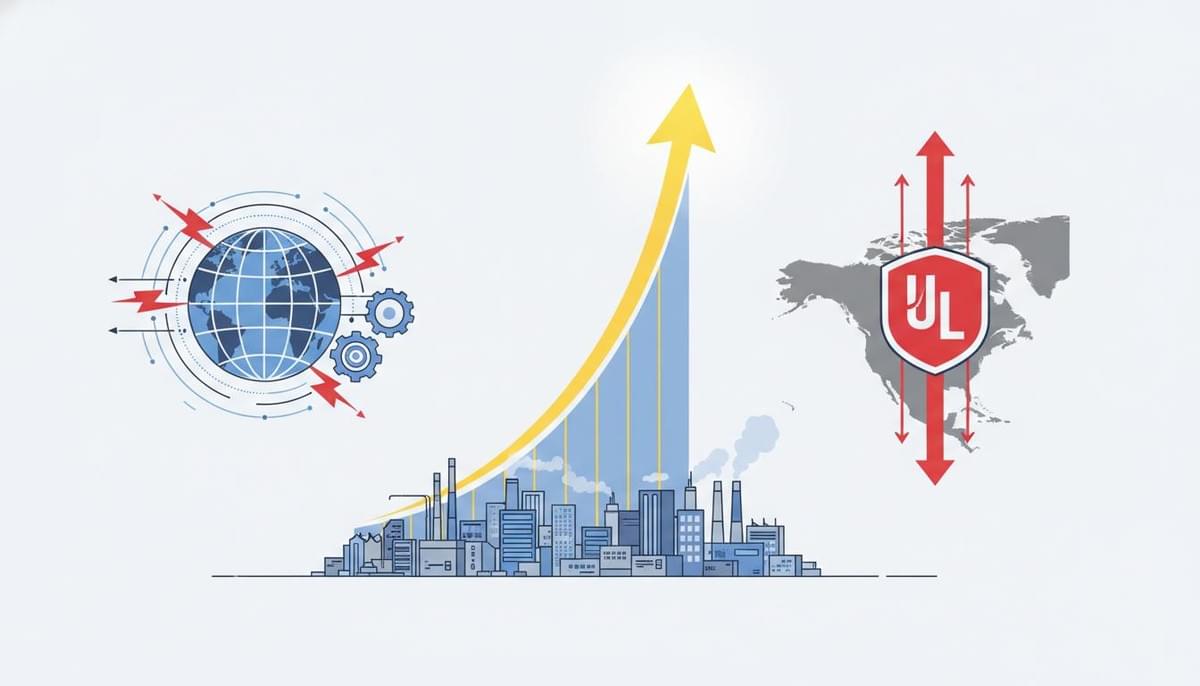When you’re trying to keep the lights on for a city, a data center, or a gigafactory, electrical standards are not “nice-to-have” – they’re the difference between stable power and very expensive surprises.
In global projects, two names dominate: IEC and UL. They both aim for safety and reliability, but they play very different “rulebooks” for your power system design.

IEC vs UL: Same Goal, Different Playbooks
- UL Standards (like UL845, UL891) are very prescriptive.
Think: “Tell me exactly how big the door is, how thick the steel is, and where every vent goes.” - Clear, detailed construction rules
- Easy to benchmark quality
- But… can feel like designing inside a very small sandbox
- IEC Standards (e.g., IEC 61439-1) are more performance-based.
Think: “Prove it works safely under real conditions.” - Focus on testing and performance
- More design freedom and innovation
- Requires deep engineering competence to get it right
For projects chasing higher power demand, renewables integration, and global compliance, the real challenge isn’t “IEC or UL?” It’s:
How do we design one power system that is safe, efficient, reliable – and actually buildable – across different standards and regions?

How NengfuElectrical Closes the Gap
NengfuElectrical specializes in turning these paper rules into real, working power systems that scale with your demand:
- Designing and delivering high‑efficiency, high‑reliability power system solutions
- Providing end‑to‑end engineering services that align with IEC, UL, and local codes
- Driving new energy systems (solar, storage, microgrids) and energy digitalization (smart monitoring, analytics)
- Taking full responsibility through strong EPC (Engineering, Procurement, Construction) capabilities – from concept, to grid connection, to long‑term performance
If your project lives where rising power demand meets complex standards, NengfuElectrical makes sure your system doesn’t just pass the tests – it powers your business, safely and profitably.